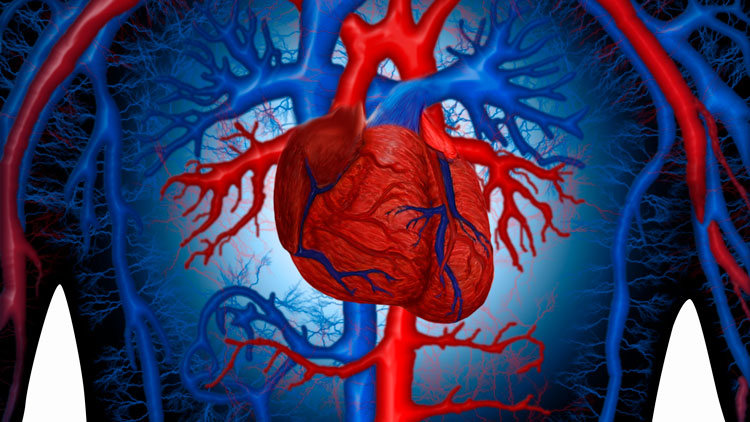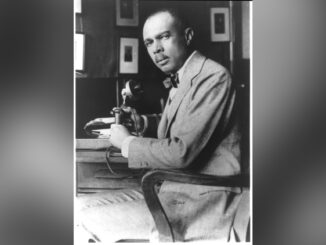
The Heart’s Job
You probably know you need oxygen to live. In fact, all the cells in your body need oxygen—and your heart makes sure they get it. A heart is an organ inside you made of muscle. When you breathe, your lungs put oxygen in your blood. Your heart pumps the blood with oxygen and pushes it through tiny tubes, or vessels, to the rest of your body.
Your heart normally beats between 70 and 110 times each minute. When you are asleep, it beats more slowly, and when you are excited or exercising, it beats more quickly. Your body needs more oxygen when you are active, so your heart must beat more quickly. This helps get blood with oxygen to all parts of your body.
Animal Hearts
Many animals need a heart to live, but not all hearts are the same. The size and shape of an animal’s heart may vary based on the animal’s needs. For example, the blue whale has the biggest heart of any animal—about 181 kilograms (400 pounds). It needs a big heart to pump blood to the rest of its body, which can be longer than two school buses!
Human hearts weigh around 300 grams (10.6 ounces) and have four chambers. A chamber is a place where blood collects before it gets pumped. A frog heart has three heart chambers, bees have five, and a cockroach can have up to thirteen! A pig’s heart is very similar to a human heart. In fact, pig heart valves can be used to replace human valves in certain types of heart transplant surgeries.
Some animals, like the sea star don’t have a heart, and some have more than one! Octopuses and squids have three hearts inside their bodies. Two of the octopuses’ hearts pump blood to their gills. The third, larger heart acts like the human heart and pumps blood through the octopuses’ body.
What Do You Think? What is another animal heart you would like to learn about?
Photo Credit: Don Farrall/Photodisc/Getty Images



